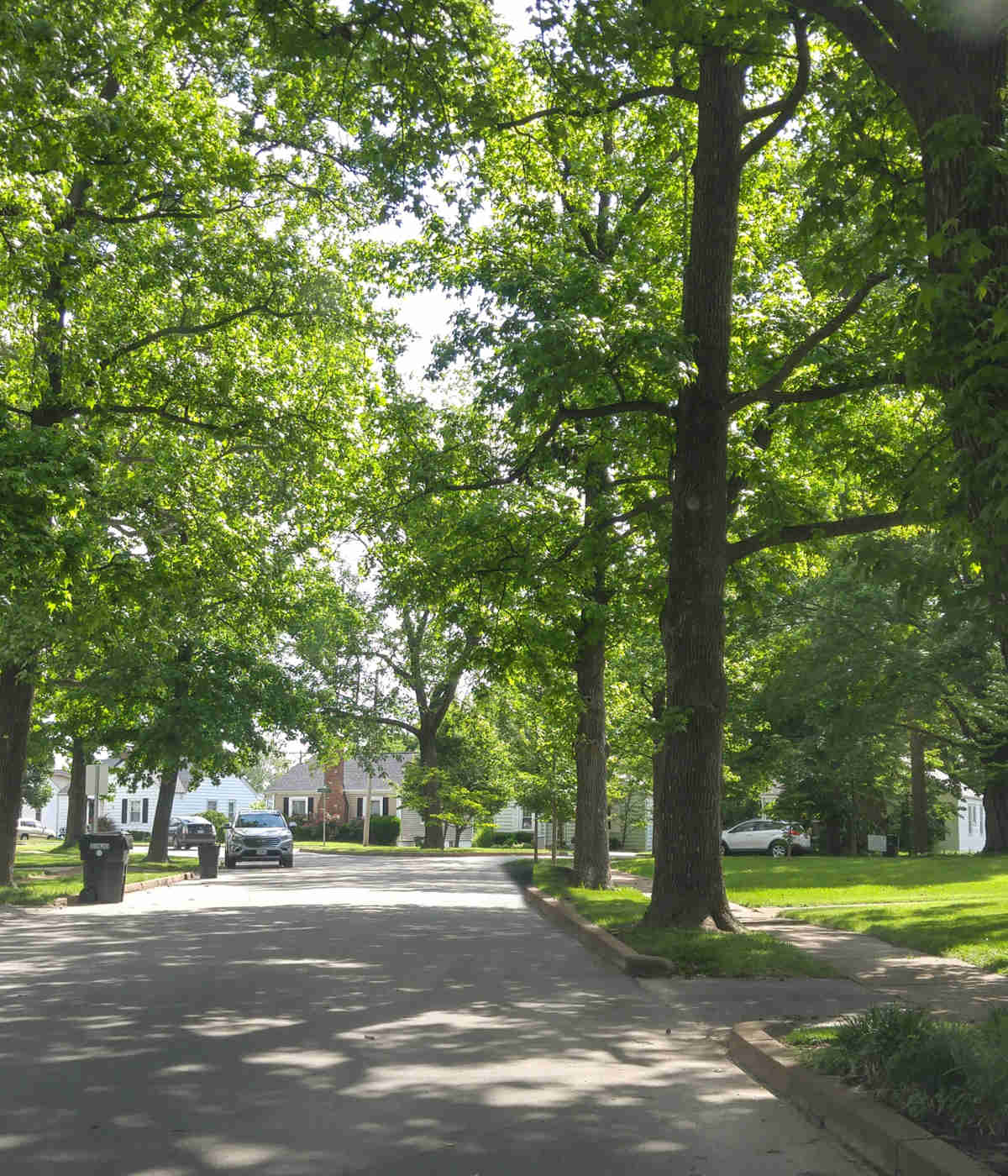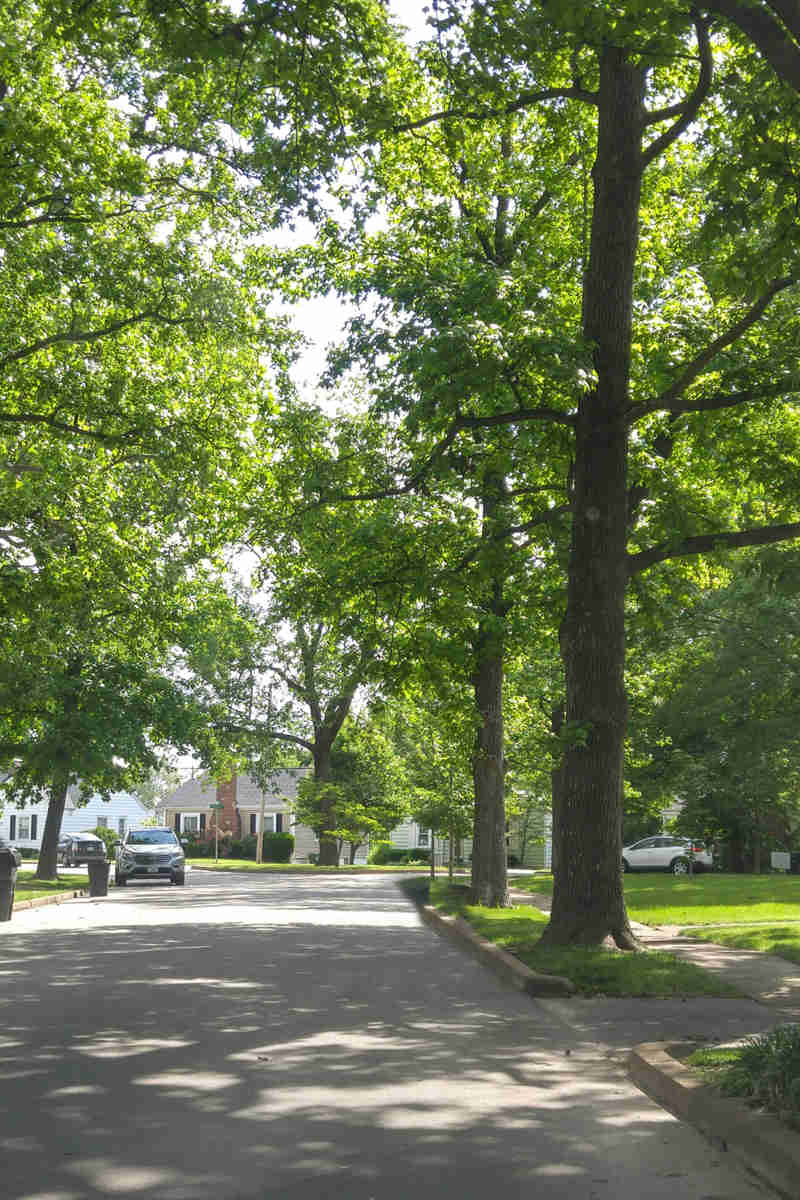Not all lawns are created equal. While some thrive with just regular mowing, others require more attention. One way to help give your lawn a natural boost is top dressing with compost.
Using compost as top dressing is a sustainable, organic maintenance practice that can help improve soil health in areas of your yard where grass isn’t growing as well. For areas of Massachusetts where the soil is compacted or nutrient-depleted, top dressing is a great option.
What is top dressing, and what are its benefits? Read on to learn more about this simple way to improve soil health naturally.
What Is Compost Top Dressing?
Top dressing, also known as compost top dressing, is the process of applying a thin layer of nutrient-rich compost to specific areas of your lawn that require extra attention. If you want to give your yard an extra boost, compost top dressing can be used on your entire property.
As the name implies, compost top dressing is typically composed of well-aged compost, blended organic materials, or screened mixes of topsoil and compost. While the method of spreading top dressing on your lawn may be similar to fertilizing, this mixture doesn’t include any synthetic chemicals.
When done in combination with regular aeration, the soil on your lawn will improve, and your turf will reap the benefits.
Benefits of Compost Top Dressing
Much like using compost in a garden bed, top dressing provides the nutrients needed for your lawn to thrive. On top of that, here are a few other benefits of compost top dressing:
- Improves soil structure and drainage
- Adds organic matter and beneficial microbes
- Helps retain moisture (important during Massachusetts’s dry summers)
- May reduce thatch buildup and help mitigate lawn disease
- Supports lush, resilient grass growth without synthetic chemicals
When Is the Best Time to Top Dress Your Lawn in Massachusetts?
Late summer to early fall (August - September), before the ground freezes. Top dressing and overseeding go hand-in-hand, and this time frame is ideal for doing both.
How to Top Dress Your Lawn With Compost
Top dressing your lawn doesn’t have to be a laborious task. Knowing what to do before you get started will help make the process smoother. Here are our recommendations:
- Choose the right compost: Locally sourced, well-aged, screened compost works best. If you have a compost pile, sift it with a screener before using.
- Mow and dethatch lawn lightly: If your thatch is thicker than ½ inch, use a leaf rake or vertical mower to dethatch your lawn.
- Apply compost evenly: Distribute the compost in a ¼ to ½ inch thick layer using a compost spreader or shovel. If using a shovel, scoop the topsoil up and gently shake it over the area you’re top dressing.
- Rake in to blend with existing turf: Make sure the layer is evenly spread across your lawn.
- Water lightly: Use your irrigation system or a standard garden hose nozzle on the fine spray setting to settle the compost into soil and help encourage new growth.
- Optional: Pair with aeration or overseeding to an added boost to your lawn.
Common Top Dressing Mistakes to Avoid
While top dressing a lawn with compost may seem simple, there are a few tricky parts that can have negative impacts on your lawn. Make sure to avoid these common mistakes:
- Using poor-quality or too-thick compost: This can suffocate your lawn and create the opposite results you want from top dressing.
- Applying too early in spring or during dormancy: Frozen ground won’t engross the nutrients compost top dressing provides.
- Ignoring compaction issues: Compacted soils may need aerating before top dressing; otherwise, the compost won’t seep into your soil.
- Overwatering or under-watering post-application: Too much water can wash away the compost, while too little will cause the compost to dry out.
Why Compost Top Dressing Is Ideal for Massachusetts Lawns
While compost top dressing is beneficial for any lawn, Massachusetts lawns in particular are excellent candidates for this treatment. Here’s why:
- Soil Composition: Parts of Massachusetts commonly have clay-heavy or sandy soil issues, which aren’t ideal for growing vibrant green turf.
- Disease Resistance: Top dressing may help s lawns fight against diseases, including those prevalent in Massachusetts, such as snow mold.
- Longevity: Compost top dressing helps lawns bounce back after winter and stay greener for longer into the fall.
Need help revitalizing your lawn naturally? At Hartney Greymont, we have local turf specialists in Needham, Danvers, Cape Cod, and Concord who can assess your soil and recommend the right compost treatment for a healthy, resilient lawn.



